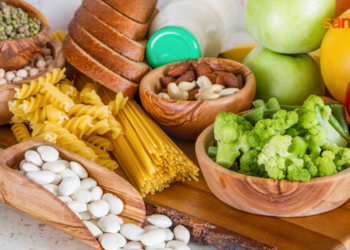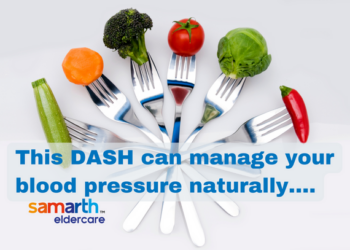Some Indian households have always been doing it, using the vegetables in all forms possible! Perhaps, never more than during a pandemic time like this, do we find a reason to ensure that we make every resource count for more. While luckily we have been getting a steady supply of the essentials, especially vegetables, there is no harm in making them run longer. One of the most innovative ways to do this is by using the peels! Perhaps after reading this article, you are about to start a whole new culinary journey with fruit and vegetable peels. Interestingly, scientific evidence suggests that many fruits and veggies’ peels are more nutritious than the fruit/vegetable!
Note: Ensure that only thoroughly washed peels should be used, preferably from organically sourced veggies and fruits, especially considering the pesticide risks involved. Washing them in lukewarm water is a good idea to ensure this.
Orange

Join Now >
Orange peels, at least, may not be so much of a surprise to many, as it has always been used in baking to get the flavour of orange. Dry the orange peels, and a tinge of it can add a dash of flavour to cakes and tarts and even your cocktails and punches. They could also be used in homemade chocolates or even made out into sweetened candies for kids. Clean the orange peel to remove as much pith as possible and sundry them for a few days. These can be stored as-is or powdered. Alternately, you could also microwave the cleaned and cut peels 200°F for 30 minutes or a little more, taking care to check in between.
Lemon
Lemon peels are bitter, but they too add a lot of flavour to certain dishes and drinks. They can be used in baking, desserts, and cocktails/mocktails, apart from making flavourful teas with them. They could also be used to make pickles or candies, depending on your choice.
Watermelon
This is one of those fruits which we can eat almost all parts, the flesh, the seeds, and the rinds. It’s not exactly the peel that we use here; the thick rinds inside the peel that we cut off and throw can be used for making a variety of stuff. They can be pickled, made into jam, or halwa; they can even be ground along with the dosa batter to make dosas soft, fluffy and flavourful.
Potato
Many people use potatoes with the peels; but, just in case you were throwing it away, here is a rethink. The peels can be soaked for a while in the water, drained and used to make fries, just like you would do potato chips! The same goes even for sweet potatoes. Alternately, if you want to avoid frying, you could roast them in ovens, and they make for a good and healthy snack for young and old alike.
Ginger
While a few use Ginger with peels, most wash and peel the ginger before use. These peels, too, are equally flavourful; they could be washed and dried and powdered and stored for some time. The ginger peel powder can add flavour to your dishes, tea, broths and soups, and even some bakes. Again, these need to be sundried or microwaved.
Pumpkin
Pumpkin peels can also be used in various ways; you could simply mix them up with a few other veggies for a quick stir fry. You could rustle up chutney or add them to jam or soups to add flavour and thickness. Pumpkins can be baked in the oven with the peel as is and used in other dishes. The same can be done with ash gourd to make stir-fries or chutneys. Even ridge gourd peel chutneys are very common in South India.
Apple
Apple peels are almost always discarded; however, if you could ensure the dewaxing of the peels by washing in hot water or mixed with lemon juice or apple cider vinegar, you could put them to good use. You could make jam out of it, make a flavourful apple tea or add a dash to the mocktails. Apple peel crisps can also be made, or you could add them to smoothies to bring in fibre content. They could also be used as salad toppings or used in baking.
Green Peas
The green peas skin/peel is commonly used in many North Indian houses to make pakoras, subjis, soups and more. They need to be cleaned patiently and thoroughly before being used. You could even dish out a chaat with matar ke chilke!
Onion
You just may not believe this, but even onion peels have their value! With these peels, you need to be extra careful to ensure no residue of pesticides and source onions from safe and organic vendors only. These can be roasted in the oven and powdered and added to soups and gravies to make them thicker and flavourful. Onion skin tea is supposed to provide relaxation, and a dash of it while cooking rice adds a subtle and smoky flavour to the rice.
Mango
What do you do with the peel of the king of fruits? Very few prefer to eat it as is without peeling, but it is very beneficial if you do. These peels can be used to make pickles, jams, syrups, salads and more.
Pomegranate
Perhaps, this is one peel that has been used very commonly in India since ancient times. They are considered to be highly medicinal and are always dried and stored for further use. They are used to make kadhas and tea to address many common digestive issues as a home remedy.
Carrot
Carrot is best used without peeling; however, if you do peel them, use the peels to make crisps like that of potato or use them in your soups and broths. Again, these can be added to your smoothies to add fibre content, even made into a stir fry. A good idea would be to freeze these peels and use them all in combination.










